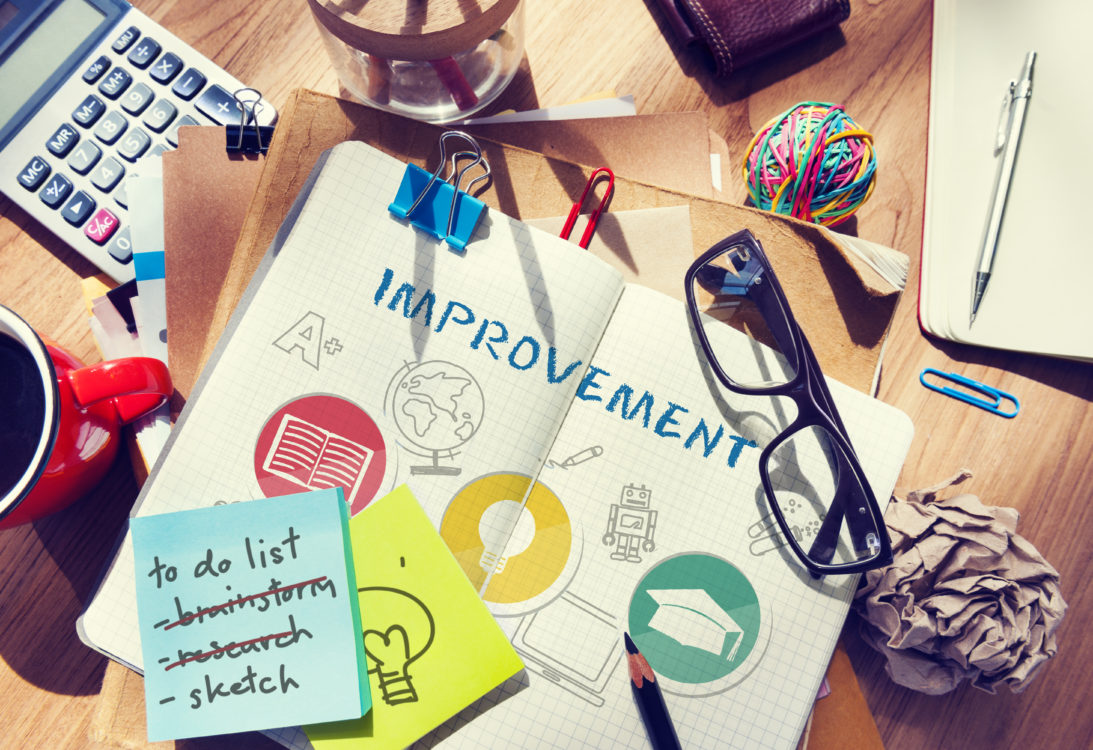School improvement can be hard to measure, particularly in the short term. It can take time for shifts in teaching to show up in standardized measures like state test scores, so how can a school know if things are actually heading in the right direction? After all, there’s no standardized improvement scale that can account for all the variation in goals and outcomes a school may be working toward. Schools that improve make good use of so-called “soft data” to help monitor their improvement journey and ensure that they are moving in the right direction.
Soft data includes a variety of information about student and adult actions and understandings and it exists all around a school—the student work products, the way the environment is set up, what’s on the walls, even the sounds of a classroom. Soft data takes only a little planning to use and places little, if any, additional burden on educators to collect.
Some soft data sources may include:
- Readers’ and writers’ notebooks
- Progress notes
- Coaching logs
- Photographs of classroom spaces/walls/materials
- Meeting minutes
- Stakeholder interviews/empathy interviews
- Self-assessments
- Surveys
- Lesson records
As with any data source, the power of soft data comes when we analyze and discuss it as a team. Consider how a team might use readers’ notebooks. These notebooks are a treasure trove of soft data. Teachers might come together to analyze a sample of students’ entries to see how students’ quantity and quality of thinking and writing is evolving over time and what kinds of thinking may need further support. They might also pull samples of their own responses to student entries to critically examine how they are prompting for deeper thinking.
Within a safe and supportive context, soft data can serve as a mechanism for making improvement, not just monitoring it. Soft data can be utilized by coaches, school administrators, as well as teacher teams. A coach might use teacher self-assessments and coaching logs to understand team strengths and opportunities for improvement, helping guide professional learning. A school administrator might use anonymous exit tickets or meeting minutes to understand what is working and not working about schedules, resources, or meeting times.
Soft data is a powerhouse for improvement because it gives an authentic, real-time look at what educators and students understand and can do. Every time we take a step back and give ourselves a moment to reflect about what our soft data are telling us, we give ourselves an opportunity to be more deliberate, targeted, and successful in the next steps forward.





